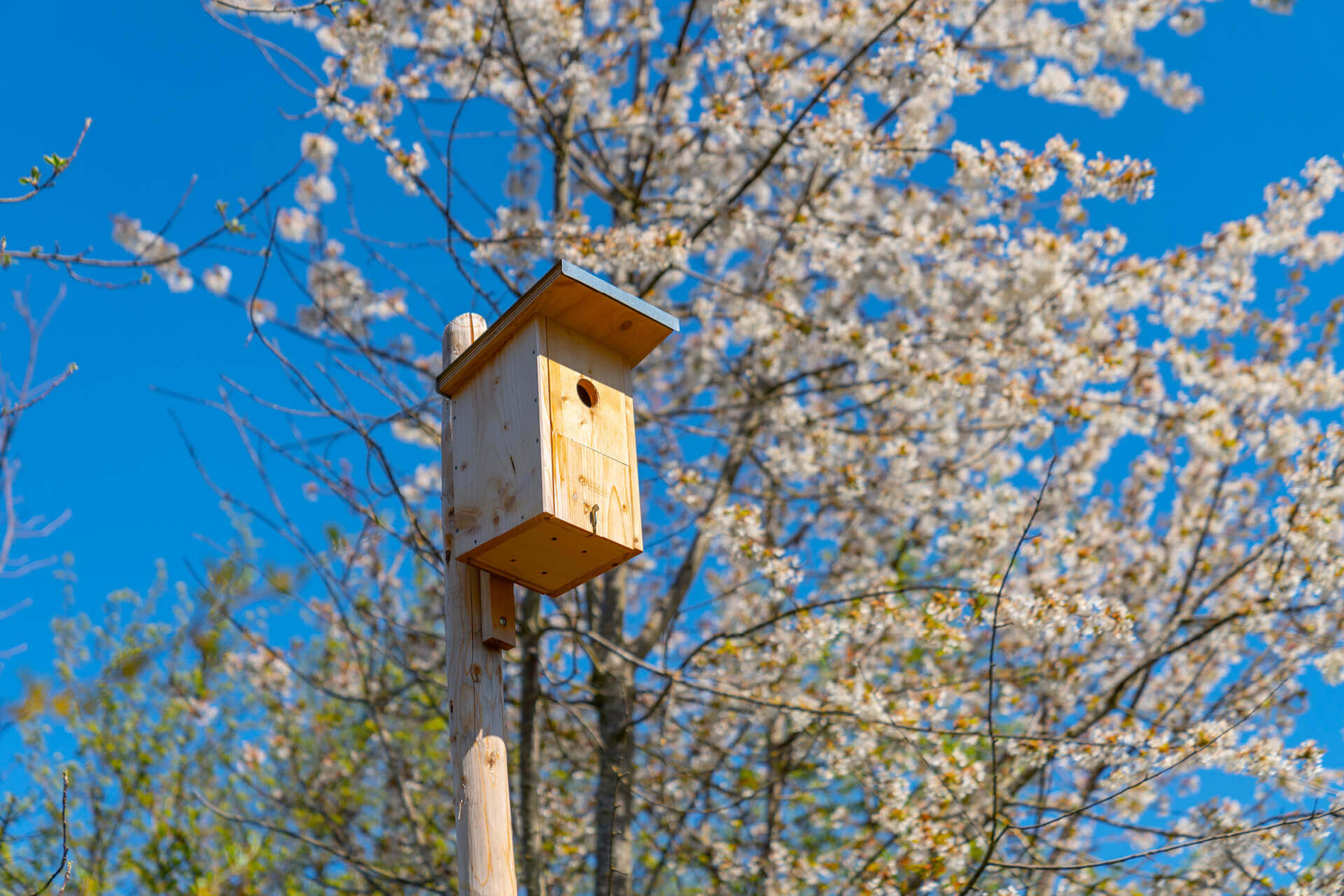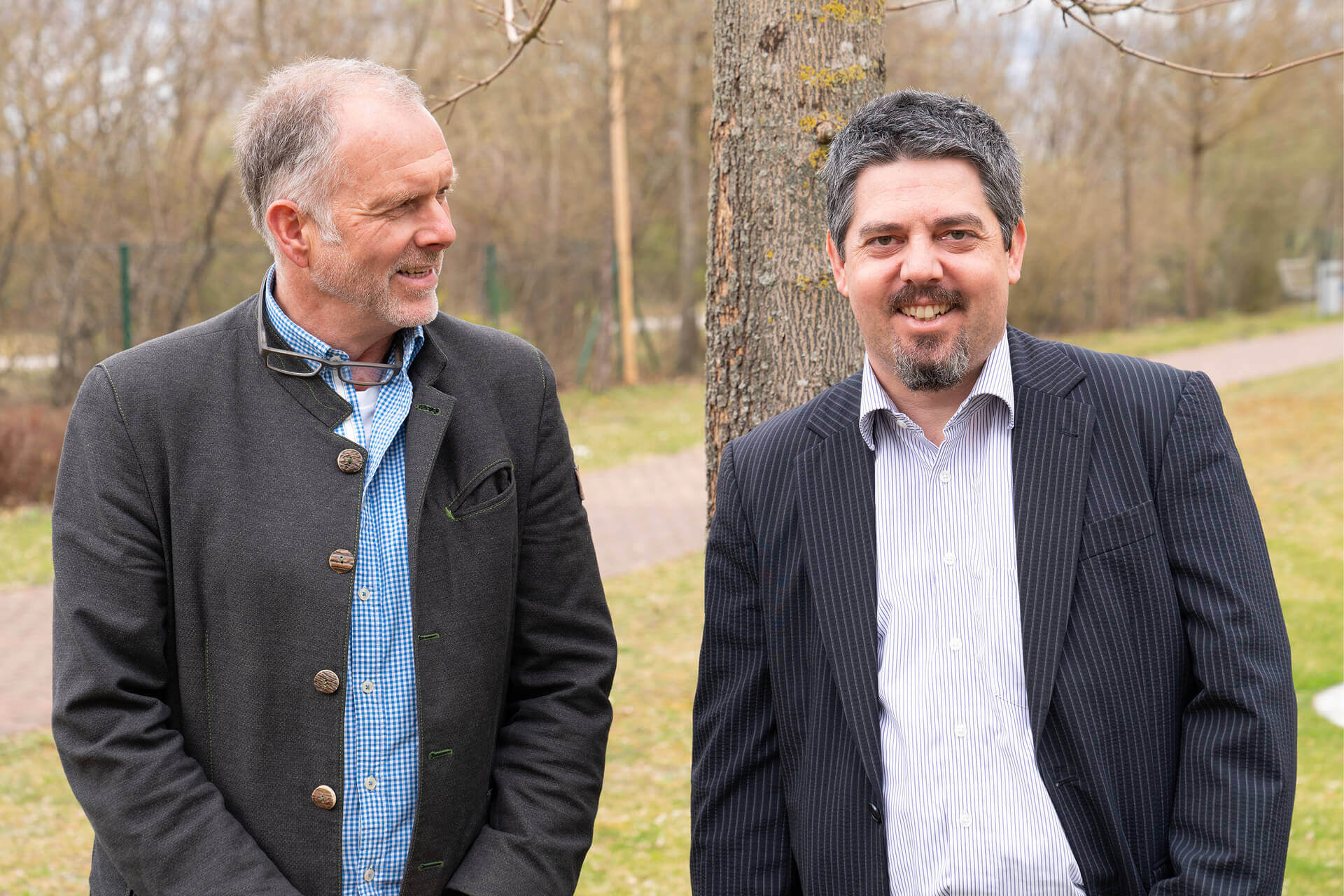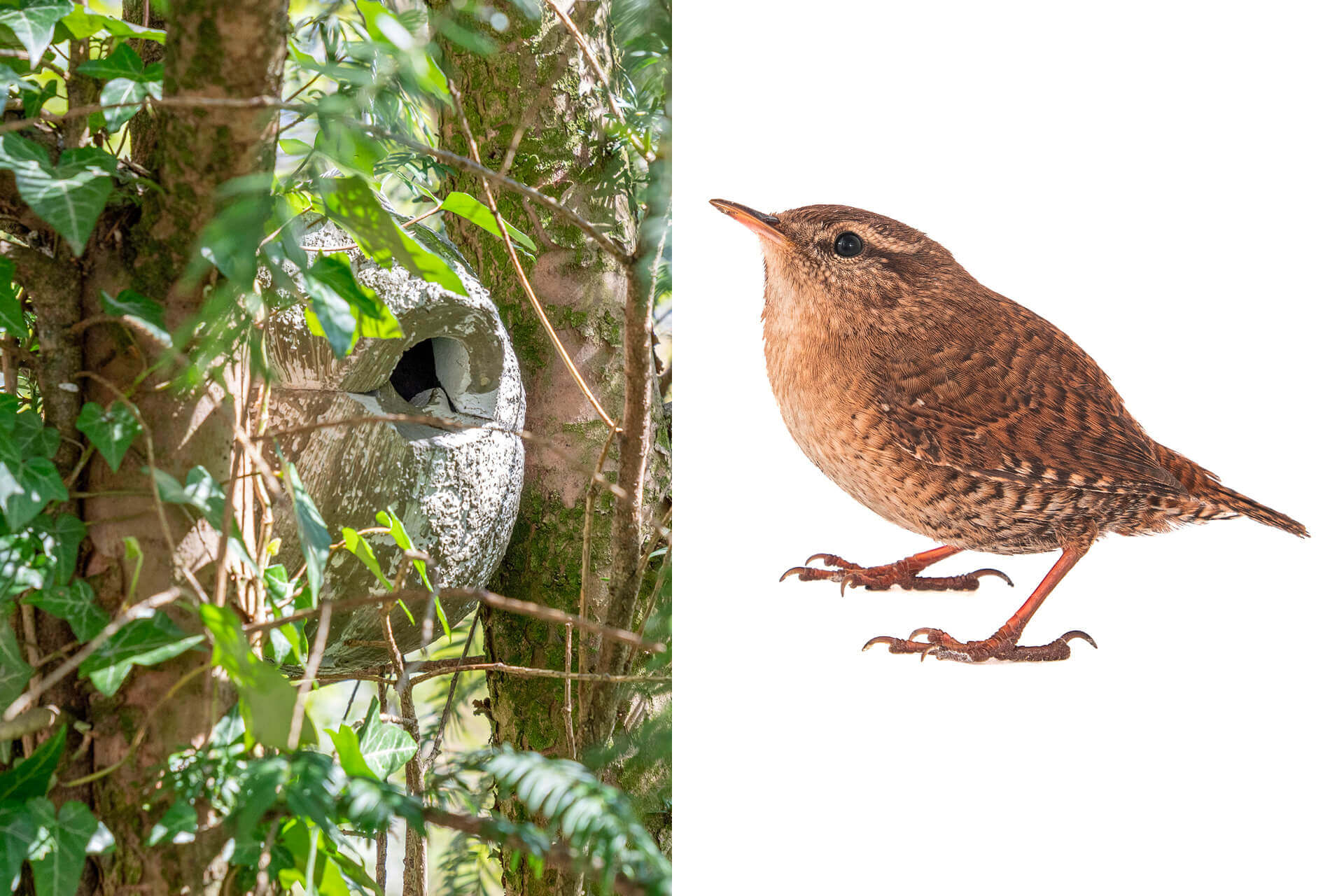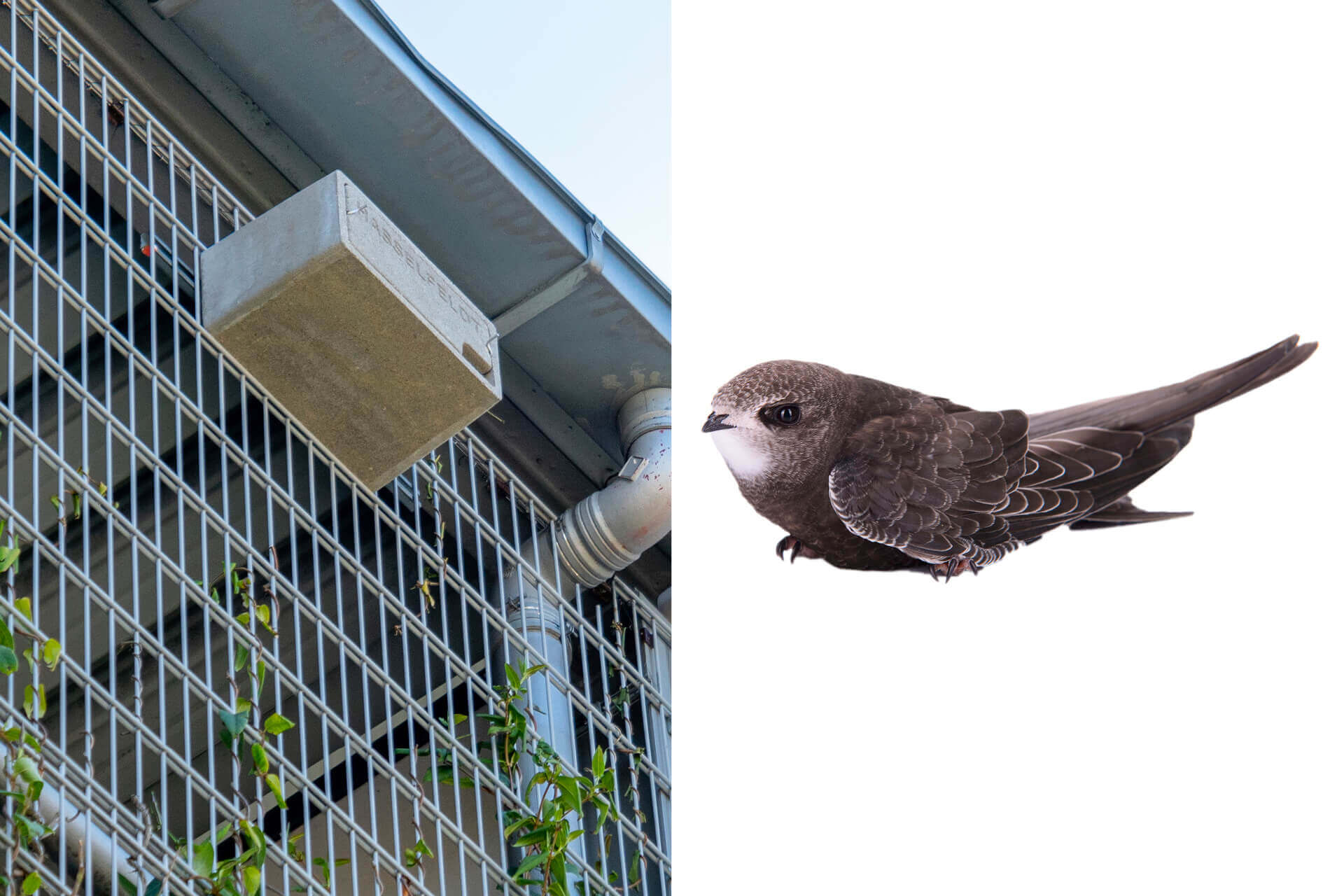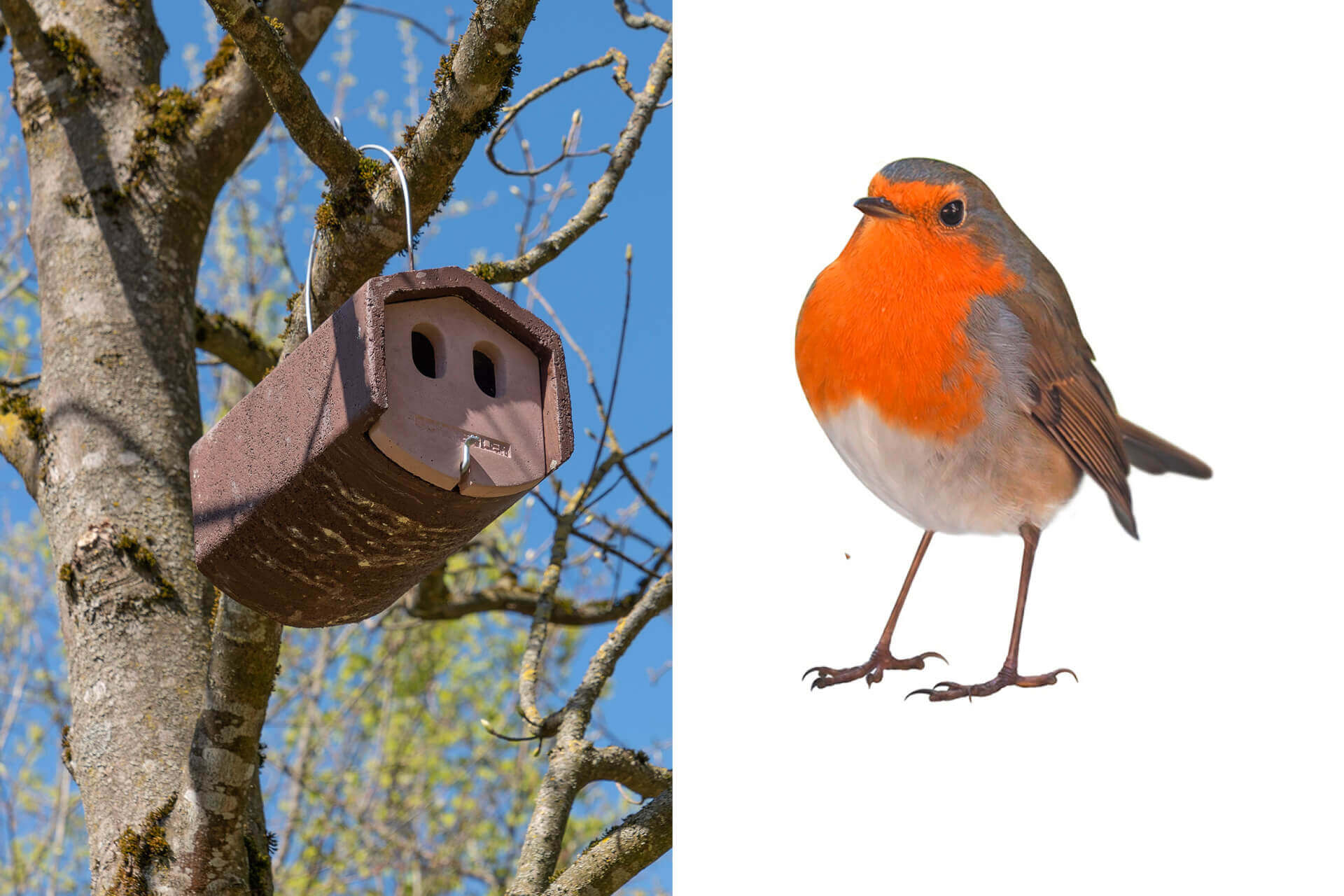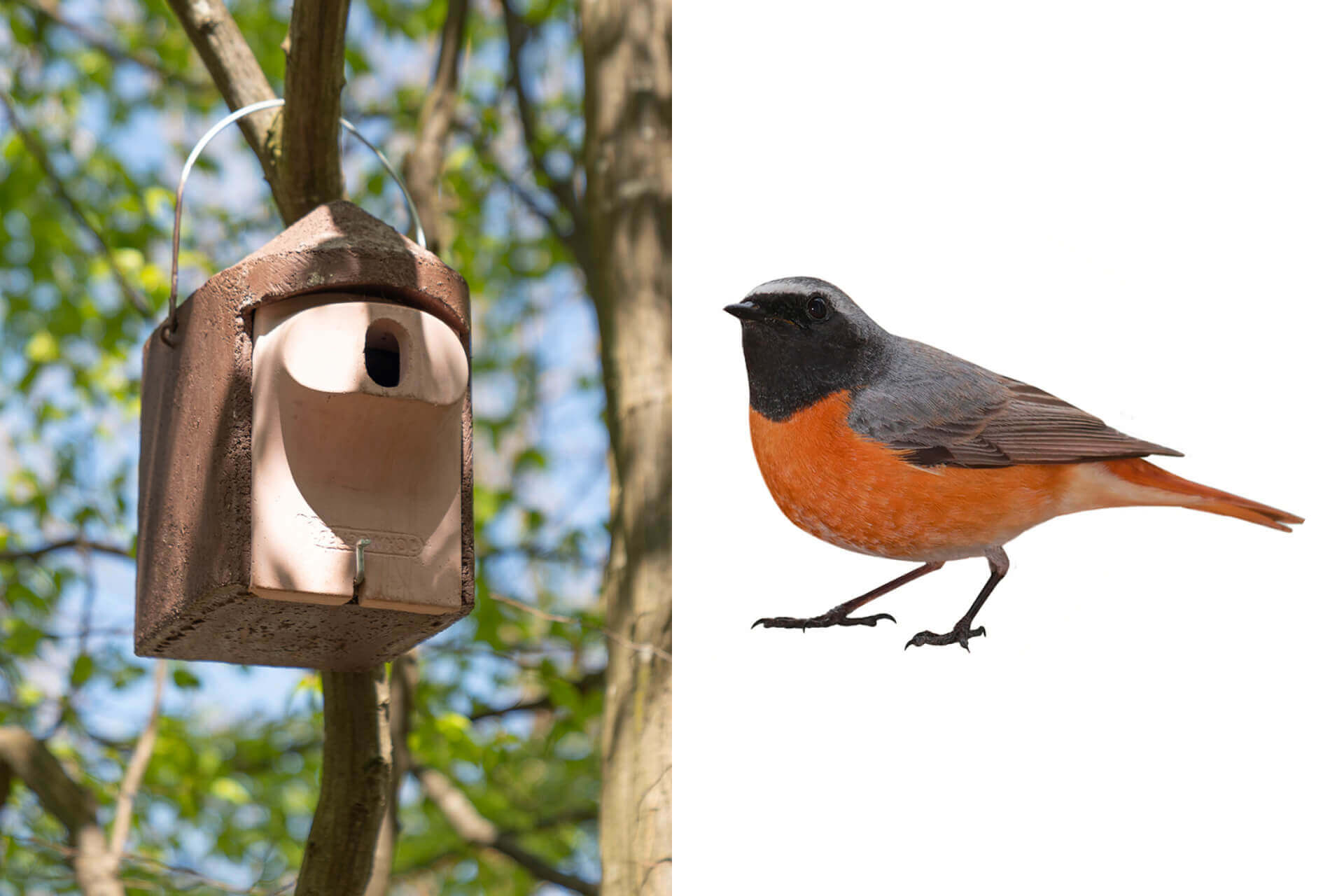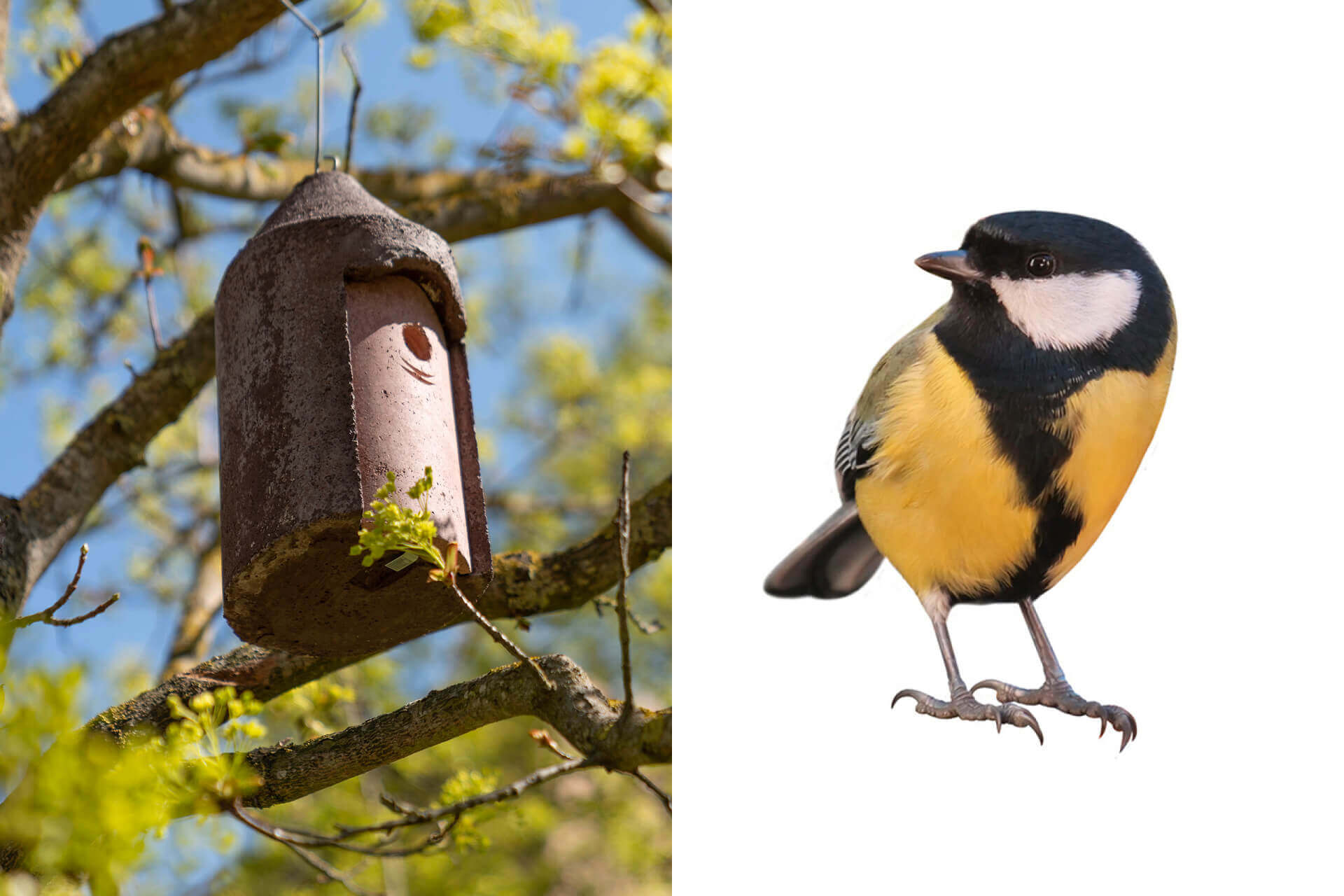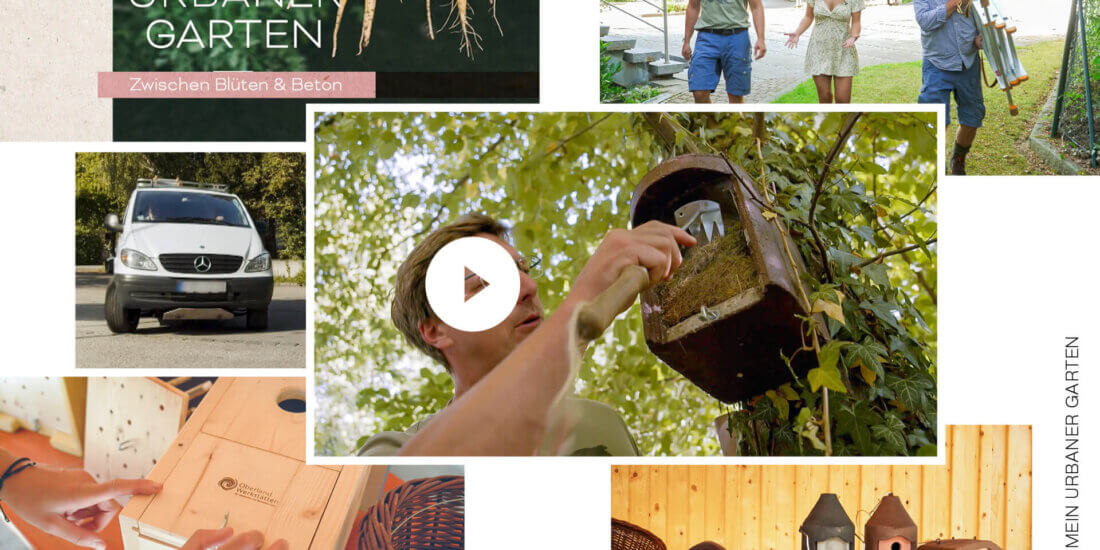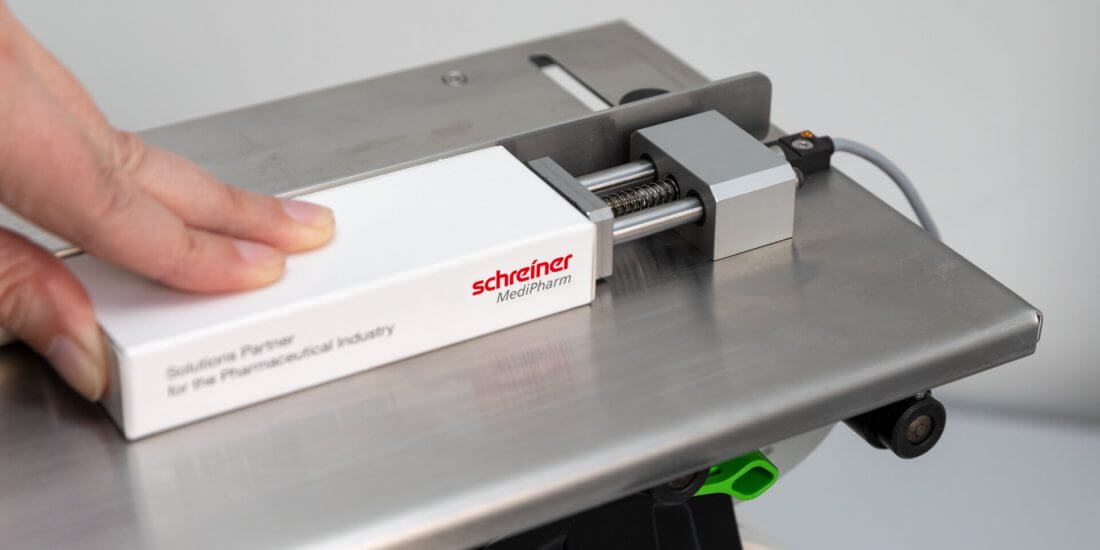A Heart for Birds Over 30 Nesting Boxes on Company Premises
SCHREINER GROUP
A Heart for Birds
Over 30 Nesting Boxes on Company Premises
Sustainability and climate protection are among the key causes to which Schreiner Group is committed. The international family-owned company deliberately assumes responsibility for people, the environment, and society. Its collaboration with the hands-on “Species Diversity” project is just one of many examples illustrating the innovative high-tech company’s engagement. On the plant premises in Oberschleissheim, ornithologist Joachim Strobel together with his partner Sven Ott and the facility management team installed more than 30 nesting aids for birds. In an interview, he explains what motivated this activity.
Why is assisting birds with nesting aids so necessary today?
Unfortunately, natural nesting opportunities for our native birds are increasingly disappearing. Sterile gardens, hermetically sealed buildings, urban sprawl, forests without old or dead wood, and hardly any wild, forgotten corners left anywhere result in acute shortage of housing for many birds in Bavaria. It’s sad to see that they can hardly find any undisturbed places for sitting on their eggs anymore. Yet all of us can easily do something against that because protection of wildlife starts on a small scale. Everyone can do something to promote our diversity of species. That’s why I’m very happy that we were able to install more than 30 nesting aids together with Schreiner Group at its headquarters in the north of Munich. But this environmental upgrade of the plant premises not only benefits the birds because the employees love their new “roomies” too and enjoy watching them while taking a walk during lunch breaks or looking out of their office windows. Observing animals living in the wild is a source of great joy and relaxation for many people. It’s a nice form of achieving work-life balance.
You and your business partner Sven Ott are active in all of Bavaria with your “Species Diversity” project. What motivated your commitment to helping birds?
The current loss of species in our region is very hard to bear and progressing at an incredible pace. We want to use a few small levers to improve the current state. Birds are important indicators of intact habitats. There are some species that we humans can decisively support by professionally installing nesting opportunities. Companies like Schreiner Group help mitigate the housing shortage for birds and bats with their engagement.
What does this support on Schreiner Group’s premises look like exactly?
Based on our extensive expertise, together with Schreiner Group’s facility management team, we created a science-based concept of where, under the given local prerequisites, nesting aids could ideally be installed on the premises for a maximum diversity of birds. Every bird species has its own needs and will only accept a nesting aid if it satisfies specific conditions: How large is the whole? What shape does the box have? Where is it located? Subsequently, we professionally and securely installed more than 30 nesting aids last fall. Schreiner’s premises offer optimal surroundings. Due to the many green areas—even on the roofs—the birds find food in sufficient supply.
Have the first birds moved in yet?
They actually have. Taking a little time out to observe them revealed quite a bit of activity at some of the boxes as early as in spring. The parent birds were carrying moss, grass, and twigs to the boxes to create cozy nests. As soon as the baby birds had hatched, they had to be fed with insects and worms, which may well amount to a full-time job for mom and dad. However, in some cases, you may need to patiently wait for a year or two until the birds will notice the nesting aids and consider using them as a home for their small bird families.
What happens with the nesting boxes once the young birds have fledged?
In the fall, my team and I have to take action again. Nesting boxes can last for decades but you have to take care of them and clean them in fall year after year so that new bird families can move in the following spring and provide their chicks with a warm, protected head start.




